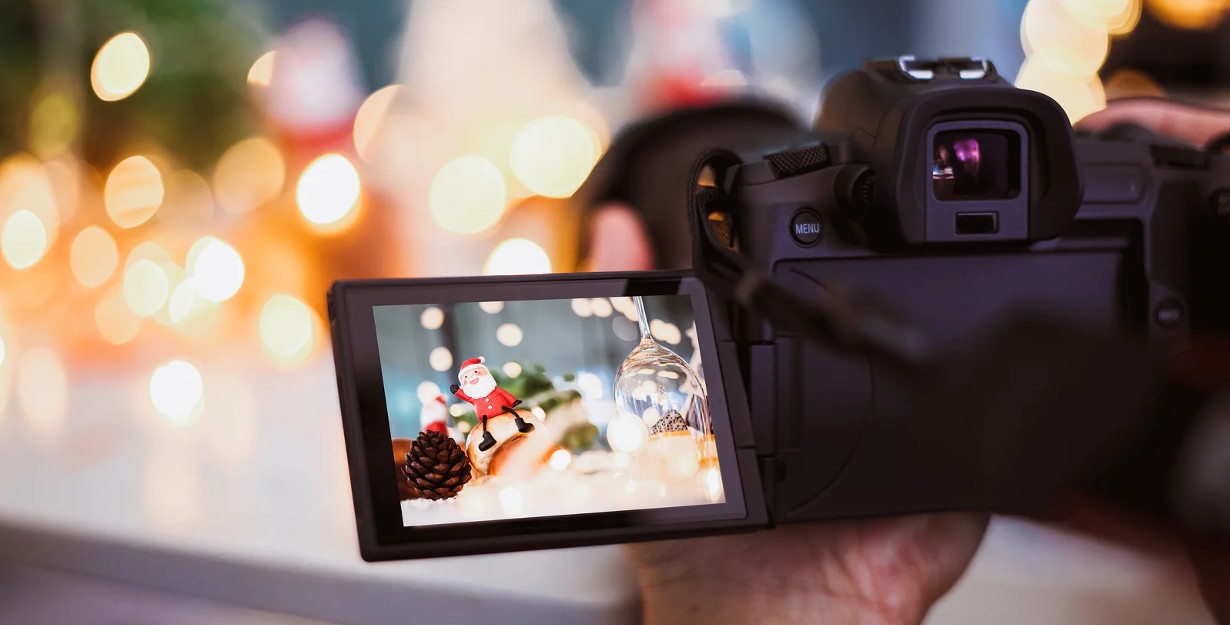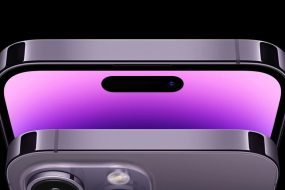
In this comprehensive camera selection guide, we will assist you in choosing the ideal camera that suits your requirements. Whether you are a professional photographer, an enthusiastic hobbyist, or someone looking to capture precious moments, selecting the right camera can make a significant difference in the quality of your photographs. We understand the complexities of the decision-making process, so we have curated valuable information and actionable tips to help you make an informed choice.
Factors to Consider When Selecting a Camera
Selecting the perfect camera involves considering several factors that are essential to your photography journey. Here are three valuable tips to guide you in the decision-making process:
1. Determine Your Photography Goals
Before diving into the vast array of camera options available in the market, it is crucial to determine your specific photography goals. Ask yourself: What types of subjects will you be photographing? Will you focus on landscapes, portraits, sports, or wildlife? Understanding your photography niche will help you identify the features and specifications you need in a camera to achieve your desired results.
2. Assess Your Skill Level
Consider your level of expertise in photography. Are you a beginner looking for a user-friendly camera with automatic settings, or are you an experienced photographer seeking advanced manual controls and customization options? Assessing your skill level will help you narrow down the choices and find a camera that aligns with your current abilities while allowing room for growth.
3. Set a Realistic Budget
Cameras come in a wide price range, so it is important to set a realistic budget before beginning your search. Determine the maximum amount you are willing to invest in a camera, keeping in mind that additional accessories such as lenses, memory cards, and tripods may also be required. By setting a budget, you can streamline your options and focus on cameras within your price range.
Top Tips for Selecting the Right Camera
Now that you have a clear understanding of the factors to consider, let’s delve into some top tips to help you make an informed decision when selecting a camera:
1. Research Camera Types and Features
Familiarize yourself with different camera types, such as DSLR (Digital Single Lens Reflex), mirrorless, or point-and-shoot. Each type offers unique advantages and features. DSLR cameras provide excellent image quality, interchangeable lenses, and advanced manual controls, making them a popular choice for professionals. Mirrorless cameras, on the other hand, are compact, lightweight, and offer excellent video capabilities. Point-and-shoot cameras are compact and user-friendly, making them suitable for beginners or casual photographers. Research the features and benefits of each type to determine which one aligns with your needs.
2. Consider Sensor Size and Megapixel Count
The sensor size and megapixel count of a camera greatly influence image quality and low-light performance. A larger sensor size generally results in better image quality, improved dynamic range, and reduced noise in low-light conditions. Megapixel count determines the level of detail and resolution in your photographs. While higher megapixels may seem desirable, it is essential to strike a balance based on your specific needs. For most photography purposes, a camera with 12 to 24 megapixels is more than sufficient.
3. Test Ergonomics and Handling
Comfort and ease of use are crucial factors when selecting a camera. Visit a local store to physically handle and test different camera models. Assess the ergonomics, grip, button placement, and overall feel of the camera in your hands. Ensure that the controls and menu system are intuitive and user-friendly. A camera that feels comfortable and natural to hold will enhance your shooting experience and reduce fatigue during extended photography sessions.
Frequently Asked Questions (FAQs)
1. Can I use a DSLR lens on a mirrorless camera?
Yes, in most cases, you can use DSLR lenses on mirrorless cameras with the help of lens adapters. However, it is important to note that some functionality may be limited when using DSLR lenses on mirrorless bodies. It is recommended to research specific lens compatibility with your chosen mirrorless camera model before making a purchase.
2. Do I need to invest in expensive lenses right away?
While high-quality lenses can greatly enhance your photography, it is not necessary to invest in expensive lenses right away, especially if you are just starting out. Many camera manufacturers offer kit lenses bundled with the camera body, which are versatile and suitable for a wide range of photography genres. As you gain more experience and explore specific photography styles, you can gradually invest in additional lenses based on your needs.
3. What is the importance of image stabilization?
Image stabilization is a feature that helps reduce blur caused by camera shake, resulting in sharper images. It is particularly beneficial when shooting handheld or in low-light conditions. Some cameras offer in-body image stabilization (IBIS), while others have it built into certain lenses. Consider the type of photography you will be engaging in and the availability of image stabilization when selecting a camera.
4. How do I choose the right memory card for my camera?
When choosing a memory card for your camera, consider its storage capacity, speed class, and compatibility. Higher storage capacities allow you to capture more photos without constantly changing cards, while faster speed classes ensure smooth and efficient data transfer. Additionally, check the compatibility of the memory card with your camera model to ensure optimal performance.
5. What is the significance of the camera’s autofocus system?
The autofocus (AF) system of a camera determines how quickly and accurately it can focus on subjects. Look for a camera with a reliable and responsive autofocus system, especially if you plan to photograph fast-moving subjects or engage in sports or wildlife photography. Consider the number of autofocus points, tracking capabilities, and the ability to customize the AF settings based on your shooting preferences.
Conclusion
Selecting the perfect camera involves careful consideration of your photography goals, skill level, and budget. By researching camera types, understanding sensor sizes and megapixel counts, and testing the ergonomics and handling, you can make an informed decision that aligns with your specific needs. Remember to prioritize features that are essential to your photography style and allow room for growth as you continue to explore and refine your skills. Happy camera hunting!
Advertisement









